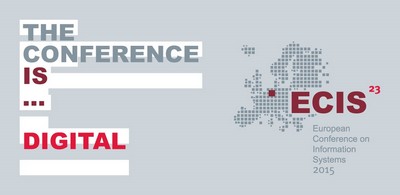DOI
10.18151/7217514
Abstract
Since the 2000s, Business Process Management (BPM) has evolved into a comprehensively studied discipline that goes beyond the boundaries of particular business processes. By also affecting enterprise-wide capabilities (such as an organisational culture and structure that support a process-oriented way of working), BPM can now correctly be called Business Process Orientation (BPO). Meanwhile, various maturity models have been developed to help organisations adopt a process-oriented way of working based on step-by-step best practices. The present article reports on a case study in which the process portfolio of an organisation is assessed by different maturity models that each cover a different set of process-oriented capabilities. The purpose is to reflect on how business process maturity is currently measured, and to explore relevant considerations for practitioners, scholars and maturity model designers. Therefore, we investigate a possible difference in maturity scores that are obtained based on model-related characteristics (e.g. capabilities, scale and calculation technique) and respondent-related characteristics (e.g. organisational function). For instance, based on an experimental design, the original maturity scores are recalculated for different maturity scales and different calculation techniques. Follow-up research can broaden our experiment from multiple maturity models in a single case to multiple maturity models in multiple cases.
Recommended Citation
Van Looy, Amy, "An Experiment for Measuring Business Process Maturity with Different Maturity Models" (2015). ECIS 2015 Completed Research Papers. Paper 192.
ISBN 978-3-00-050284-2
https://aisel.aisnet.org/ecis2015_cr/192


